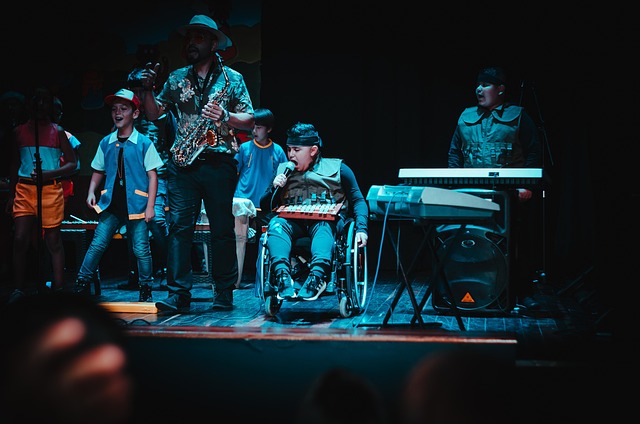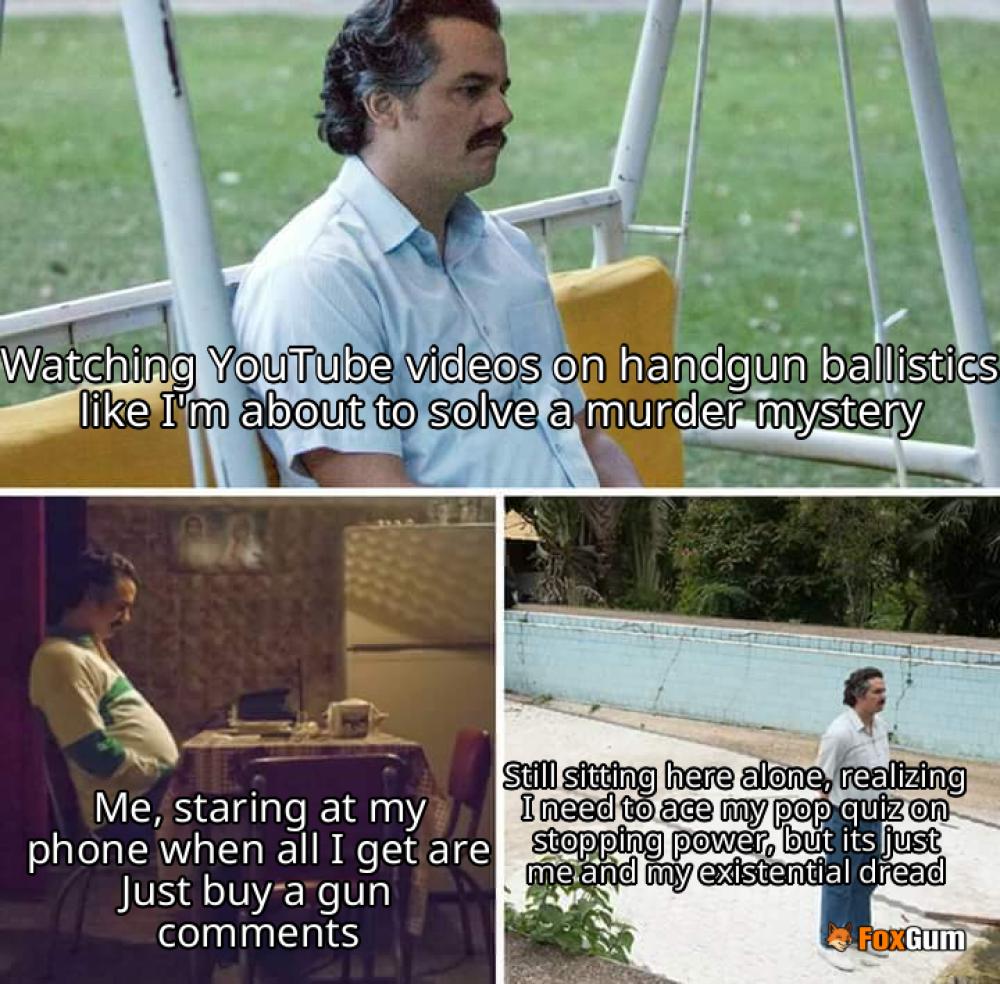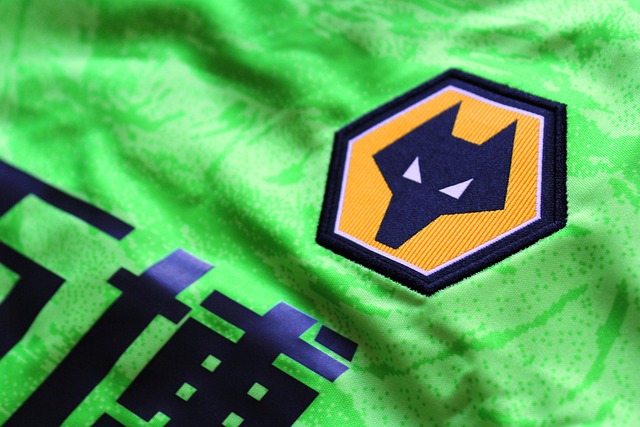
Unlocking the Secrets of Reading Comprehension for 3rd Graders
Ah, the magical world of reading comprehension! It’s a bit like trying to understand a cat’s mood—sometimes you get it, and sometimes you’re just left scratching your head. For third graders, this skill is crucial, not just for acing tests but also for enjoying the stories that whisk them away to new adventures. Let’s dive into how to make reading comprehension a breeze for those pint-sized bookworms!
Why Reading Comprehension Matters
Reading comprehension is the ability to understand and interpret what is being read. It’s not just about decoding words; it’s about grasping the meaning behind them. In third grade, students start to encounter more complex texts, and their ability to comprehend these texts can affect their performance in all subjects—not just English. It’s like trying to build a house without a solid foundation; it just won’t hold up!
Tips for Enhancing Reading Comprehension
- Ask Questions: Encourage kids to ask questions about the text. Who is the main character? What is happening? Why did that happen? It’s like being a detective on a case!
- Summarize the Story: After reading, have them summarize the story in their own words. This helps reinforce understanding and ensures they were paying attention (and not just daydreaming about pizza).
- Visualize the Content: Encourage children to create mental images of the scenes. This can help them remember details and make the story more engaging. Who doesn’t love a little imagination?
- Connect to Personal Experiences: Relating the story to their own life can make comprehension easier. If a character is scared of the dark, ask if they ever felt that way. Spoiler alert: they probably have!
Fun Comprehension Exercises
Now that the groundwork is laid, let’s sprinkle in some fun exercises to keep things lively:
- Story Maps: Create a visual story map that outlines key elements like characters, setting, and plot. It’s like a treasure map, but instead of gold, they find understanding!
- Character Interviews: Have students create interview questions for a character. What would they ask if they could sit down with them for coffee? (Note: No coffee for kids, please!)
- Prediction Games: Before finishing a story, ask them to predict what might happen next. It’s a great way to engage critical thinking and keep them on their toes.
- Group Discussions: Encourage group discussions where kids can share their thoughts and interpretations. It’s a mini book club, minus the snacks (but snacks are always a plus!).
Resources for Parents and Teachers
There are plenty of resources available to help third graders hone their reading comprehension skills. Look for leveled reading workbooks that cater to their current reading level. These workbooks often include engaging stories followed by comprehension exercises, making practice feel less like homework and more like a fun challenge.
Additionally, online platforms offer a variety of free children's stories and comprehension worksheets. These can be great for reinforcing skills at home without breaking the bank. After all, who needs a fancy coffee when you can brew up some reading magic instead?
Conclusion
Reading comprehension for third graders doesn’t have to be a daunting task. With the right tools, exercises, and a sprinkle of creativity, it can become an enjoyable journey. So grab a book, ask some questions, and let those little minds explore the wonderful world of stories. Who knows? They might just discover a love for reading that lasts a lifetime! 📚

















 Académie Française
Académie Française 
 Health
Health  Fitness
Fitness  Lifestyle
Lifestyle  Tech
Tech  Travel
Travel  Food
Food  Education
Education  Parenting
Parenting  Career & Work
Career & Work  Hobbies
Hobbies  Wellness
Wellness  Beauty
Beauty  Cars
Cars  Art
Art  Science
Science  Culture
Culture  Books
Books  Music
Music  Movies
Movies  Gaming
Gaming  Sports
Sports  Nature
Nature  Home & Garden
Home & Garden  Business & Finance
Business & Finance  Relationships
Relationships  Pets
Pets  Shopping
Shopping  Mindset & Inspiration
Mindset & Inspiration  Environment
Environment  Gadgets
Gadgets  Politics
Politics 